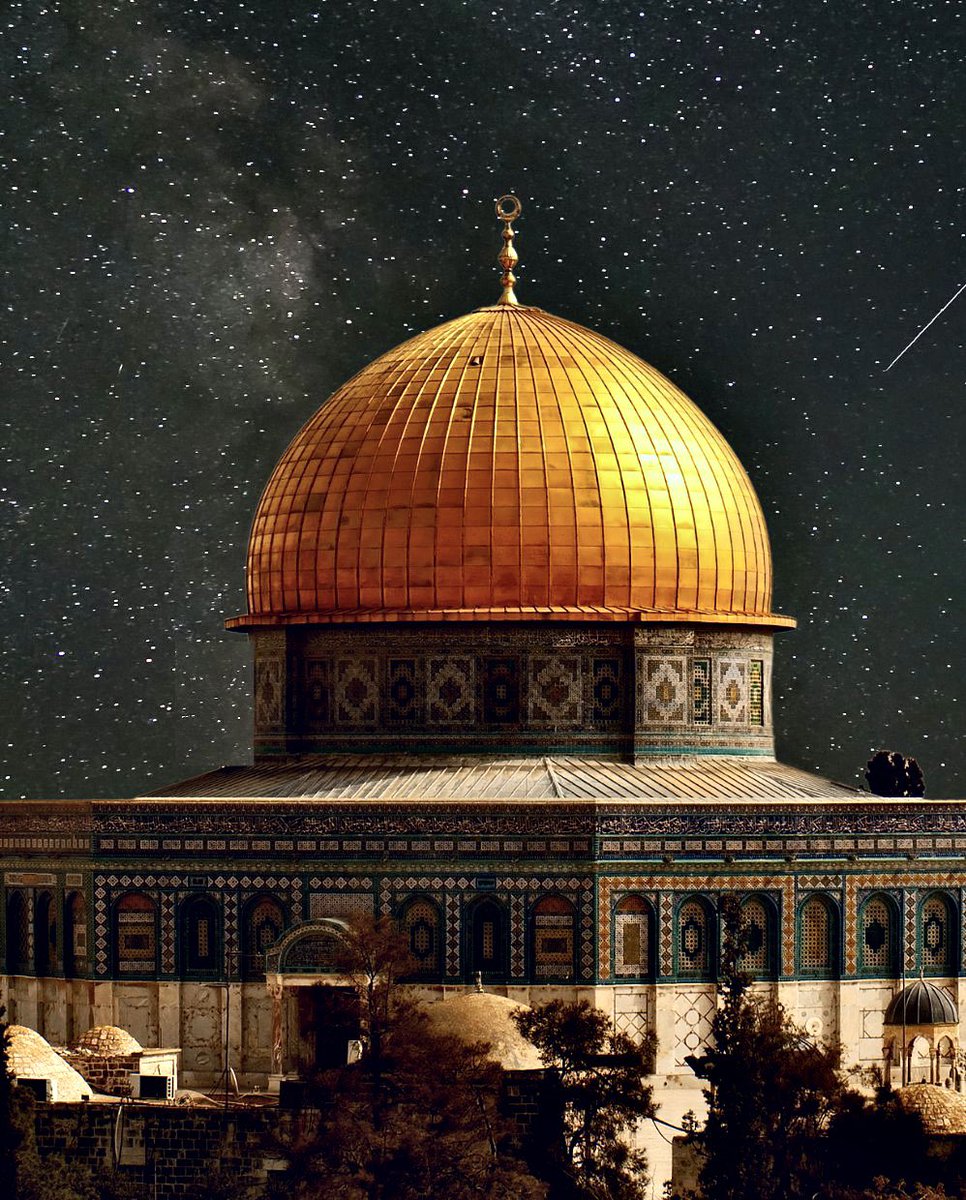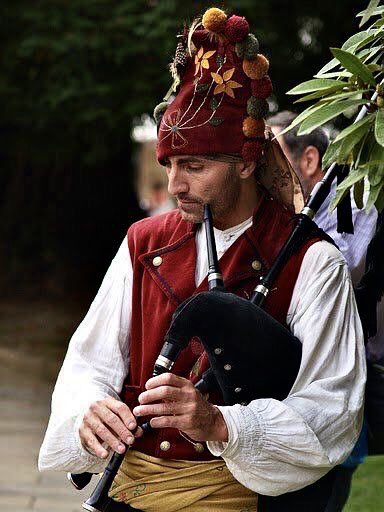
Ebru is the ancient Turkish art of marbling - creating colourful patterns by sprinkling & brushing pigments on water, which are transferred to paper. Highly regarded, it is on UNESCO’s intangible cultural heritage list. Today the tradition continues
A thread on the art of Ebru…
A thread on the art of Ebru…
1/ The art of Ebru has a long history that predates the Islamic period. With its roots in Turkistan, the art came to the Uighurs before being perfected by the Ottomans
Video: firdevscalkanoglu
Video: firdevscalkanoglu
2/ As one of the most popular Islamic arts in Turkey it is more widespread today than it was in the past. The word Ebru etymologically, comes from the Persian word Ebri meaning "cloudlike." Due to its wavy, nebular appearance it is called "marbling" in Europe
Video: turkkagidi
Video: turkkagidi
3/ The first examples of Ebru date back to 8th c. China. From China, it spread to Japan in the east & Turkistan, Iran & Turkey in the west. In the 13th c. during the Ottoman period, Turkish calligraphers & artists created new forms of Ebru perfecting techniques
Video: Zeynebacar
Video: Zeynebacar
4/ In traditional Ebru, paint is dripped onto the surface of water & a fine brush or comb is used to create marbled patterns. After a pattern is created a piece of paper is laid on the surface of the water. The paint adheres to the paper creating a masterpiece
Video: a.wehhab
Video: a.wehhab
5/ The Ebru technique consists of sprinkling colours containing a few drops of ox-gall on to the water surface with kitre (gum tragacanth) in a trough. By carefully laying the paper over the bath, the floating picture on top is transferred to the paper
Video: eminesolak
Video: eminesolak
6/ To obtain beautiful Ebru results, an artist needs to have a light hand, refined taste, and an open mind to the unexpected patterns forming on the water. Patience and a good knowledge of traditional culture are characteristic of Ebru masters
Video: Suherdarrt
Video: Suherdarrt
7/ Ebru artists play a crucial role for the practice and transmission of the artform. They have the responsibility of transmitting their specialized knowledge from one generation to another mainly within the master and apprentice relationship
Video: Zeynebacar
Video: Zeynebacar
8/ The art of Ebru is unique because it cannot be imitated or replicated. Every piece is unique thanks to the artist's technique; however, the techniques and styles have a history in themselves
Video: a.wehhab
Video: a.wehhab
9/ Necmeddin Okyay, one of the last Ottoman masters of the Islamic arts, invented Islamic calligraphy done through Ebru techniques. Okyay would script calligraphy with a special glue, dry it & use the piece featuring the calligraphy to transfer the marbling. 

10/ Today artists continue redefining and developing this traditional artform as well as preserving ancient traditions and techniques.
Beautiful Ebru by Artist Ozden Aydin
Beautiful Ebru by Artist Ozden Aydin

11/ Ebru Artist Eda Ozvbekkangay creates a contemporary aesthetic with traditional methods. Her works are identifiable because of the bold patterns and colours 

14/ Ebru Artist Turk Kagidi is renowned for creating beautiful intricate patterns, combining abstract florals 

15/ Ebru Artist Tuba Bacioglu is a master of this traditional technique and her work is a combination of colourful florals and abstract pattern 

Discover more about the history, heritage and art of Ebru, with sources of inspiration & information for this thread:
baytalfann.com/post/the-art-o…
baytalfann.com/post/the-art-o…
• • •
Missing some Tweet in this thread? You can try to
force a refresh
























